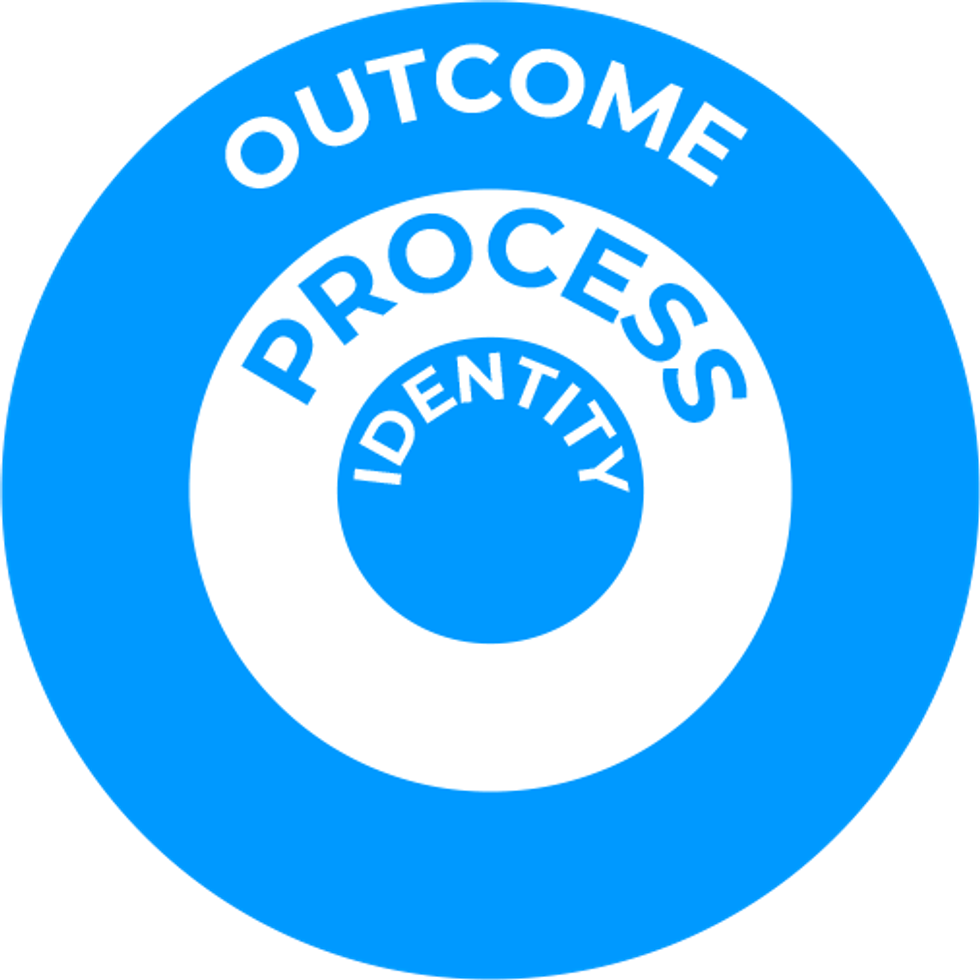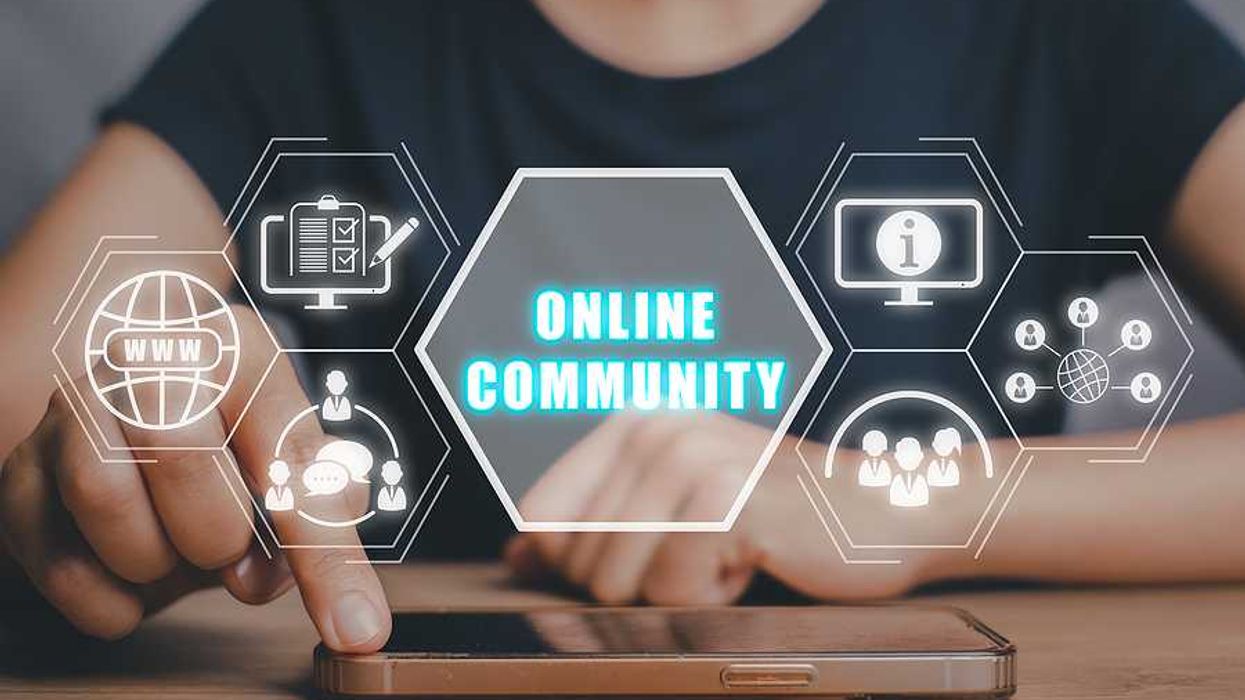
According to Prosci, "Change management is the discipline that guides how we prepare, equip and support individuals to successfully adopt change in order to drive organizational success and outcomes." And, most importantly, organizations do not change—people do.
In Prosci's The Correlation Between Change Management and Project Success, data was correlated to identify change management effectiveness with three dimensions of success: meeting objectives, staying on schedule, and staying on budget.
The result? Projects and initiatives are more successful the more effectively the people side of change is managed.
And yet, even with this understanding, there were still opportunities for improvement for even organizations who have change management programs that were identified as "good" and "excellent":
- Meeting Objectives: 77% - 93%
- Staying on Schedule: 51% - 69%
- Staying on Budget: 70% - 78%
But even the best change management programs can fail without reinforcement, and that reinforcement and sustainability should primarily be led by the leader or manager of the impacted group. With that said, there is a lot of opportunity to help leaders become more comfortable with transformational learning that will result in the needed sustainability.
Is there a more successful alternative to the more formal and accepted approaches and models most often used in organizations today? I believe there is, and the time to reengineer change is now.
I recently sat down with Karen Taylor, founder of Unhinged Perspective, where she works with clients on an individual basis to break free from self-limitations, unlearn the untruths, and unhinge their perspective. Before starting her own business, she spent her career working in a corporate environment. She believes there is a significant opportunity for companies to create a competitive advantage by focusing change at an individual level.
We first laid out the foundation for this new approach:
Organizational culture represents the shared values, beliefs, and perceptions held by employees within an organization. They represent the meaning we've associated with experiences throughout our life. The majority of these beliefs are established during our formative years, before the age of seven. Over time, they become reinforced and hardwired within our subconscious mind, where 95% of our mind's activity occurs. These beliefs have become automatic habits and mostly exist outside of our conscious awareness.
When change is introduced, our conscious mind is taking in this new information, which accounts for approximately 5% of our mind's activity. If there are any limiting beliefs held in our subconscious mind that oppose that change, it will become difficult if not impossible to implement.
To change these individual beliefs, we must change the meaning associated with them. We must begin to feel differently to create new empowering beliefs that support the change.
Organizations that understand you must start by interrupting these belief patterns on an individual level first will be positioned to establish strong, unified beliefs, behavior, and values. It is from that place that a healthy organizational culture can emerge.
Why Is Now The Time For Us To Look At Evolving Change Management Practices?

Bigstock
Things are changing all around us at a very rapid pace. With emerging technologies and the constant threat of disruption, companies need to adapt and transition quickly. However, our most primitive part of the brain isn't wired for rapid change. It is wired to help us survive and keep us in our comfort zone. It doesn't know the newer part of our brain that is designed to learn and take in new information. So, there is conflict. We must understand the three rules of the mind:
1). It likes what is familiar and rejects what is unfamiliar
2). It will move you away from pain and towards pleasure
3). It always does what it thinks you want it to do
There are several reasons why individuals resist change:
- They aren't open to the possibility of change
- Fear of the unknown
- Insecurities or fear of being rejected
- Not valuing the change
We need more people to be open to the possibility of change. For change to be accepted on an individual level, it must be viewed as positive. There must be a clear and compelling reason why this change is needed. We must instruct our brain that we are excited about this change and want it to happen. How we feel about everything comes down to the words we use and the picture in our minds.
If We Change The Words We Use And The Pictures In Our Mind Regarding Change, Will That Alone Increase The Likelihood Of The Shift Being Sustainable?

Bigstock
Yes, unless an individual has a hidden block or belief that opposes the change. Most of us have these and they reside below our conscious awareness. When you try to make a change and keep having setbacks, or it feels frustrating or hard, it's because there is an opposing belief at play.
How Do You Go About Uncovering Those Limiting Beliefs?

Bigstock
When I work with clients on an individual basis, I take them through Rapid Transformation Therapy. This process bypasses the conscious mind and gets right to the subconscious, which holds the answers to what is currently holding us back. Once you can clear that old belief, you can then replace it with empowering thoughts that support the change you are trying to make. You can take the same principles and apply them when working with larger groups.
You Mentioned Disruption. How Does Individual Mindset Transformation Help Guard Against That Constant Threat?

Bigstock
There is a book titled The Innovator's Dilemma written by Clayton Christensen. He describes how successful companies met their existing customers' needs and anticipated their future needs rather than explaining how businesses destroyed or shut down other companies with their innovative approaches. He explained how small companies with minimal resources were able to enter a market and displace the established system. According to Christensen, business disruption was a good thing. Christensen also says that a disruptive business is likely to start by either satisfying the less-demanding customers or by creating a market where none existed before.
I see a shift that needs to be made where every employer is fully leveraging their unique human capital. Technology comes in and automates the more routine, simple tasks, leaving the more complex work being completed by humans.
This presents an opportunity to shift from focusing primarily on cost reduction and efficiency gains to redefining what work should be and continuously expanding value for the customer.
Thought jobs require a higher level of creativity, problem solving, and out-of-the-box thinking. We all have these capabilities within us, but many haven't exercised those muscles. It could be due to a fixed mindset culture but is often the result of limiting beliefs that individuals hold regarding what they are capable of achieving.
What Is Standing In The Way Of Organizations Fully Leveraging Their Human Potential?

Bigstock
The individual's perceived sense of self. We each adopt various roles and labels throughout our lifetime. Each comes with a predetermined set of expectations regarding how one should act and behave according to that label. For the most part, these are very self-limiting and constricting. For example, I had always identified myself as an introvert. I used it as an excuse for why I couldn't be good at something or do certain roles. I would tell people that I was terrible at networking because I was an introvert. I would never entertain sales jobs because you must be an outgoing extrovert to achieve in that position. Neither of those excuses were true. They were just a mental construct that I had created in order to align with the label that I had assumed.
Our minds will work tirelessly to ensure that we stay in alignment with the identity that we have latched onto. We must release these labels that are holding us back. We must shift our identity to assume that of a high performer, an innovator, a curious risk-taker, etc. We must understand the attributes of someone operating at peak performance and assume those now. Our reality can never be greater than the image of self that we hold.
Traditional Change Management Focuses More On The Outcome Or The Process. You Are Stating That A New Approach Needs To Focus On The Individual First?

Absolutely. When you change a process you are asking an individual to change a behavior. For an organization to evolve, the individuals working within it need to expand beyond their current mindset. This requires a shift in identity and the ability to act on these new behaviors. In order for change to be sustainable, we must move from "static" learning to "transformational" learning. Every level of leadership must embrace and model this new method of learning and change adoption. Individuals must be able to be part of the change process, leveraging their unique human capabilities. They must be empowered to make decisions, take ownership, and be part of the transformational success of the organization. It's not enough to just talk about the changes, every individual in the organization must be the change.
Where the more traditional models and this new, transformational approach agree is that there must be a focus on driving change at the individual level. The Prosci Model is based on solid change management best practices:
- Focus on driving individual change
- Clear goals
- Simple Framework
- Common change language
Guiding an individual through the change process is a critical step and there is broad awareness that most projects fail on the people side of things. Yet, there is a deeper level of work that must occur on an individual basis in order for real change to occur. It's time to go beyond surface-level activities and address change where it can actually be transformed, at the individual level of self-image.
Traditionally, the focus is placed on implementing a process or achieving a particular outcome. While those efforts may result in making some incremental progress, individuals must believe they are capable of making the desired changes and this is where an identity shift must take place. The lack of the right goal, process, or even willpower isn't the cause of why change can't be sustained. The main culprit is the subconscious identity, otherwise known as your self-image. As author Maxwell Moltz said in the best selling book, Psycho-Cybernetics, "Self-image is the key to human personality and human behavior. Change the self-image and you change the personality and the behavior. The self-image sets the boundaries of individual accomplishment. It defines what you can and cannot do."
Individuals must adopt a growth mindset and assume the attributes of a continuous learner in order for their identity to drive the behavior that positions them for personal success and for the organization to collectively achieve their desired results.
Looking for a job? We can help!
Join our career growth club today and get access to one-on-one career coaching, resume and cover letter reviews, online tutorials, and unlimited networking opportunities—all in your back pocket!
If you want FREE career advice in your inbox, subscribe to our newsletter The Daily Dose!
- How Leaders Can Successfully Manage Through A Crisis - Work It ... ›
- 4 Core Values That Every Organization Should Have - Work It Daily ... ›
- 3 Ways Business Leaders Can Manage Through Chaos - Work It ... ›
- Change Management vs. Digital Transformation (With Examples) - Work It Daily ›
- Fixed vs. Growth Mindset: Which Is Better For Your Business? - Work It Daily ›

 Bigstock
Bigstock
 Bigstock
Bigstock
 Bigstock
Bigstock



